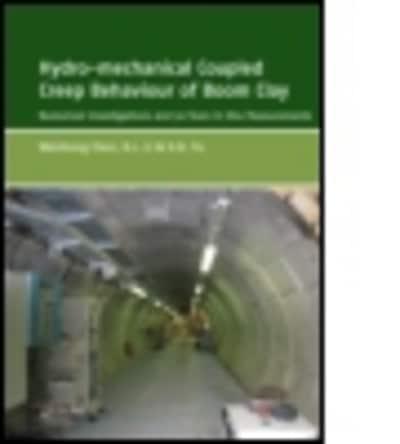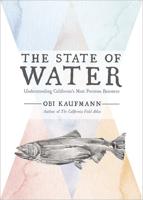Publisher's Synopsis
Creep behaviour, especially for underground radioactive waste disposal facilities, whose storage period far exceed the service time of most of the civil engineering underground facilities, is very significant. Boom Clay, an argillaceous rock chosen as a reasonable geological barrier in Belgium is first systematically studied in this book. A series of research tools such as laboratory experiments (4 years), field measurements (20 years), theoretical studies, back analysis and numerical simulations are used to study the mechanical behavior of this rock.
Firstly, laboratory studies such as oedometer tests, HM triaxial tests, HM triaxial creep tests and SEM tests, etc. intuitively show the nonlinear behaviour of the argillaceous rock and it provides a basis for the theoretical studies.
Secondly, considering the anisotropic mechanical properties and nonlinear creep potential of Boom Clay, a relatively complete theoretical system has been established.
Thirdly, based on the field measurements in the last few decades, using back analysis method, the theoretical studies are verified.
Finally, based on the study above, long term stability analysis of the underground disposal facilities is implemented and the risks facing future generations in the event of failure in the disposal system are also quantified through numerical simulation.










